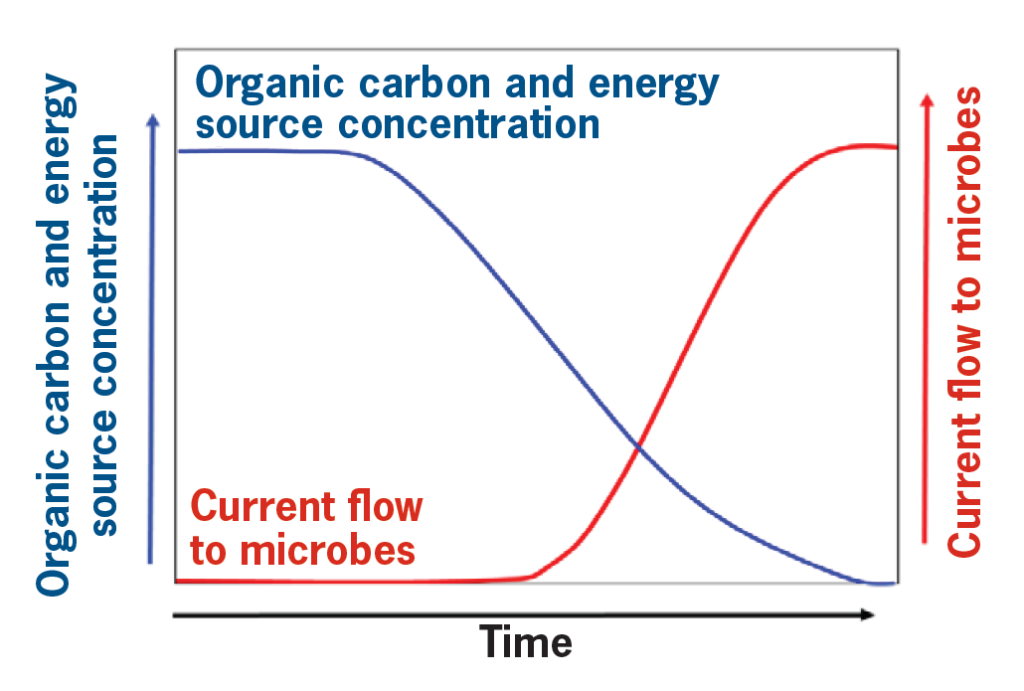Tech Briefs
Savannah River National Laboratory
Automated Electrochemical Technique to Monitor Energy Levels of Microorganisms Used in Biotechnology Industries
Savannah River National Laboratory has developed an automated electrochemical technique to monitor the energy levels of microorganisms used in biotechnology industries in real time, improving the immediacy and cost-effectiveness of results compared to conventional sampling and analysis.
Description
Microorganisms are used in many industrial applications, including production of fuels, chemicals, pharmaceuticals, and foods (e.g., ethanol, acetate, biodegradable plastics, penicillin, and yogurt). Like all organisms, microorganisms use food sources such as sugars, proteins, and lipids to obtain organic carbon for growth as well as energy from electrons released during break-down of the food sources. Decline in the vigor of a microbial culture could be due to a diminishing food source, presence of a growth inhibitor, or contamination from another culture. Sometimes the issue may be resolved simply by adding more of a food source, but to avoid further decline, any such issue needs to be addressed promptly.
To ensure they are behaving optimally for an industrial application, microorganisms and their chemical byproducts must therefore be monitored. The conventional approach is to take periodic samples from microbial cultures to analyze the health of the cells. Hands-on sampling and analysis are time consuming, labor intensive, and costly, which may allow problems to persist for hours before they are detected.

SRNL researchers have developed an automated method to monitor the energy levels of microbes. When energy levels decrease, a few of the microbes in a culture pull energy into their cells in the form of electrons from electrodes held adjacent to the culture. The small portion of the culture that contacts the electrodes serves as an early warning system for sub-optimal conditions. The energy taken into the microbes from the electrodes shows up on a computer screen as an increase in electrical current. Because this electrochemical activity can be monitored as it happens, this technique can be used to maintain the right conditions for optimal microbial behavior.

Benefits
- Automated rather than hands-on
- More immediate and less expensive
- Allows rapid adjustments to microbial energy levels
Applications and Industries
- Biotechnology industries such as energy generation, environmental cleanup, pharmaceutical production, food manufacturing
Intellectual Property
- Technical Readiness Level 3-5
- Availability – moving to scale up
Download Tech Brief
Contact Information
Savannah River National Laboratory
E-mail: partnerships@srnl.doe.gov